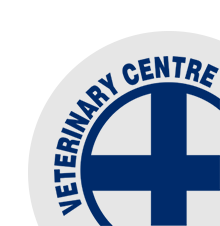Reducing Disease & Deaths in Newborn Calves
/There is nothing more demoralizing than a pen of sick and dying calves. This frustration is even greater when you appear to have done all of the right things; cleaned out pens, vaccinated the cows, fed high grade colostrum, isolated sick calves, and so on!!
A recent New Zealand trial looks to have shown a potential new tool for these situations. The trial looked at the effects of giving calves a 0.75ml injection of MultiMin within 24 hours post birth. MultiMin contains zinc, manganese, selenium, copper, and chromium. Overseas studies had previously shown reductions in disease and mortality after supplementation at this stage, and this trial backed up these findings.
This trial showed marked reductions in disease morbidity and mortality between 3 and 35 post calving, with the MultiMin group having a 66% reduction in the odds of scouring in that period compared to the control group. At this stage the mechanism of action is unknown, but it is likely that there is a direct effect on the immune system. There are plenty of articles looking at the involvement of zinc and copper in immune function, and other trials with MultiMin in challenge situations with BVD that showed faster rises in antibody levels in calves given MultiMin.
Treating calves with MultiMin could be incorporated into the daily routine, with calves being injected as they arrive in the shed, and give your newest arrivals the best start in life.




